The formation and development of ancient Chinese architecture has a long and layered history. Each dynasty added unique shapes and motifs, resulting in an evolution of iterative complexity and beauty. Viewed in retrospect, the overall change is subtle. Given this extensive evolution, it is curious that China never developed a style related to wester Art Nouveau movement, The objective of this thesis is to tease out a novel taxonomy of Art Nouveau tectonic elements and assemblages that have Chinese aesthetics and history clearly embedded in their DNA---and, finally, to shape a visual feast of new forms and flavours.
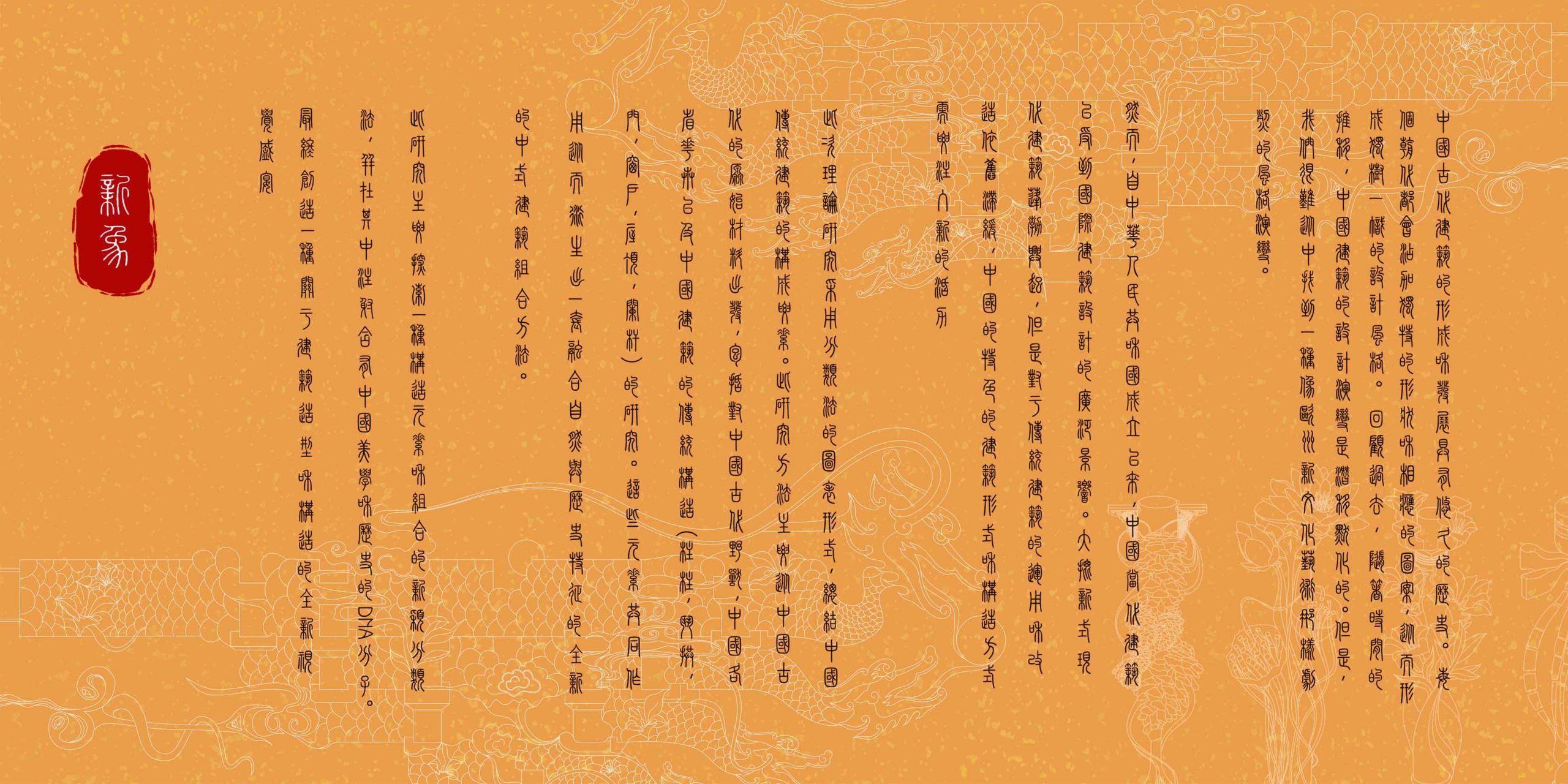






This thesis mainly applies the taxonomy methods to summarize the constituent elements of traditional Chinese architecture, including ancient Chinese beasts, flowers of Chinese provinces, and traditional Chinese building units (pillars/columns, brackets, doors, windows, roofs, balustrades).


The design mainly explores the process of transformation from plants and animals into architectural form. The converted multiple styles (sharp, soft, different scales, functions) will fit different materials to create a better space atmosphere, at the same time, the connection with different architectural elements also has their own properties, finally shaping a new Chinese DNA and achieving the revival of Chinese architecture.
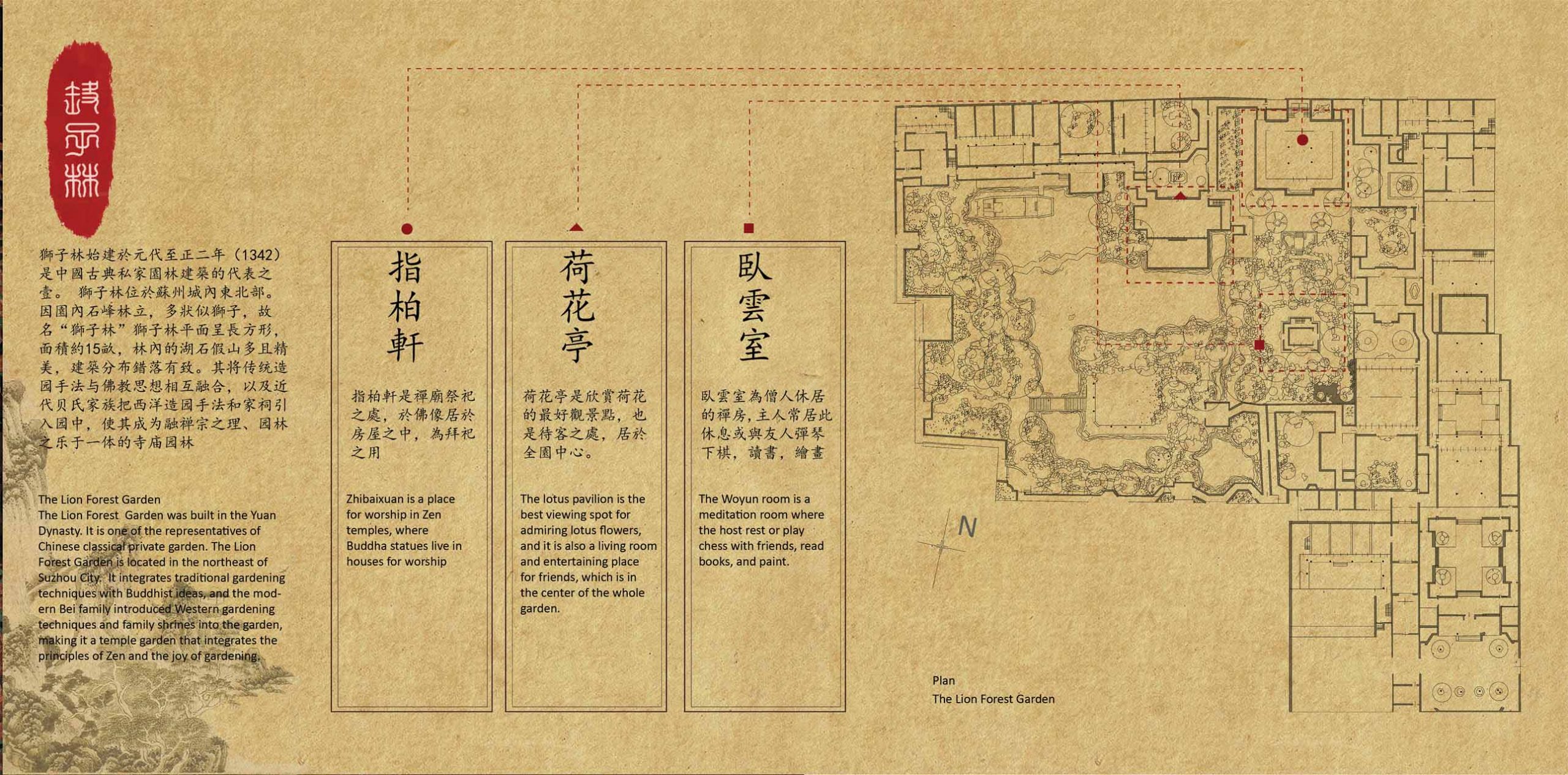
The Lion Forest Garden (Test Place)

Section 1 (line drawing)
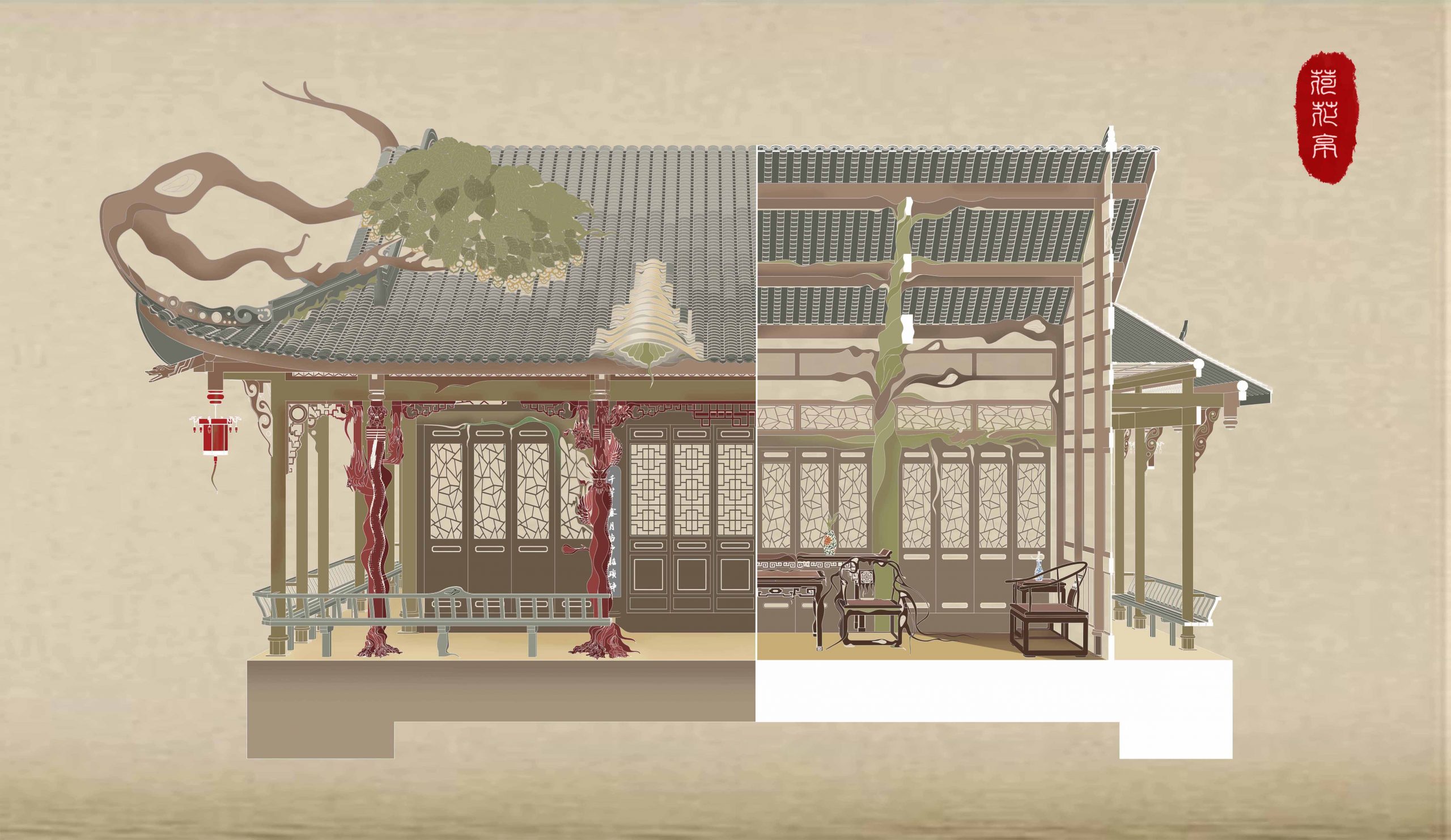
Section 1
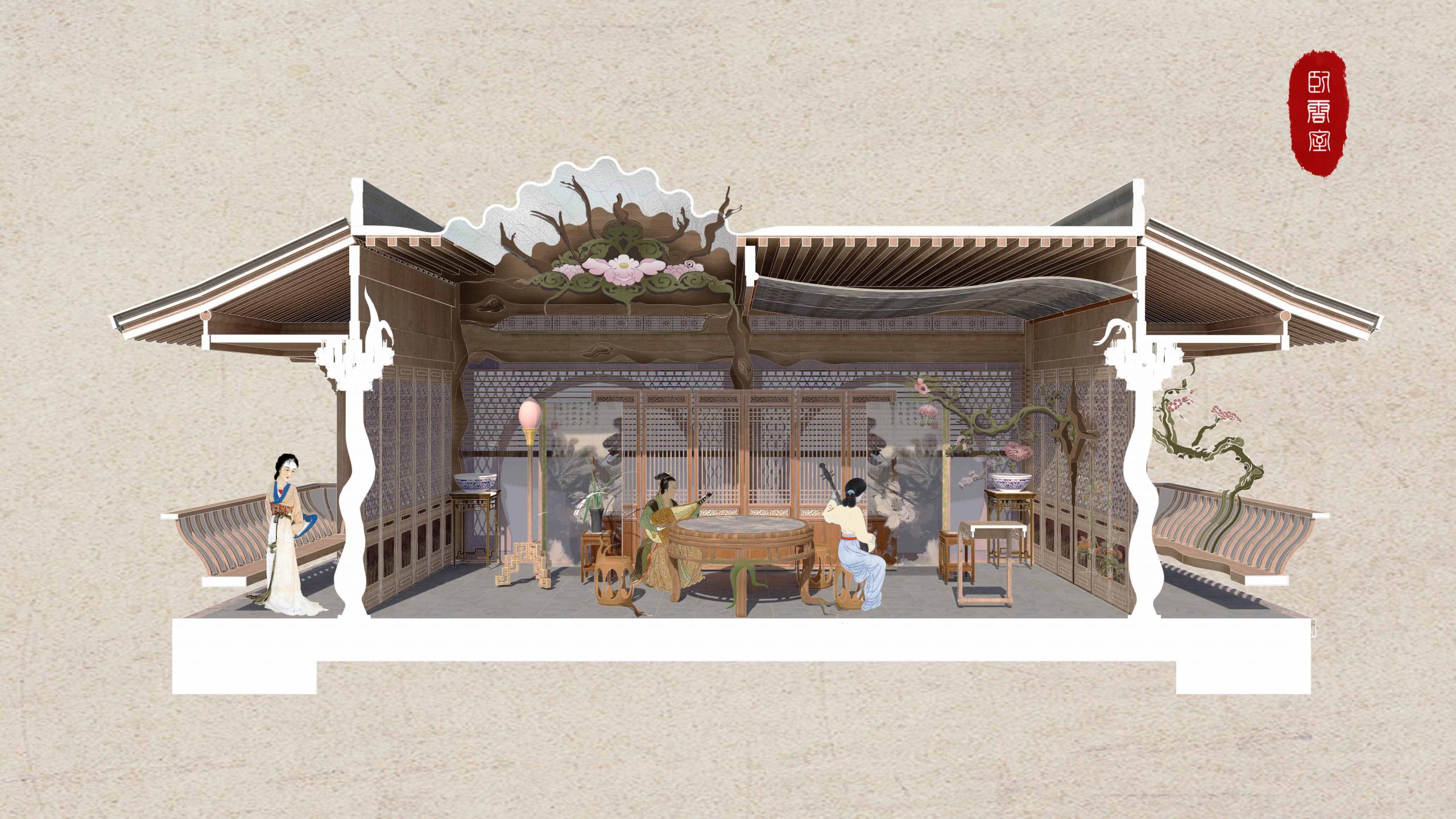
Section 2
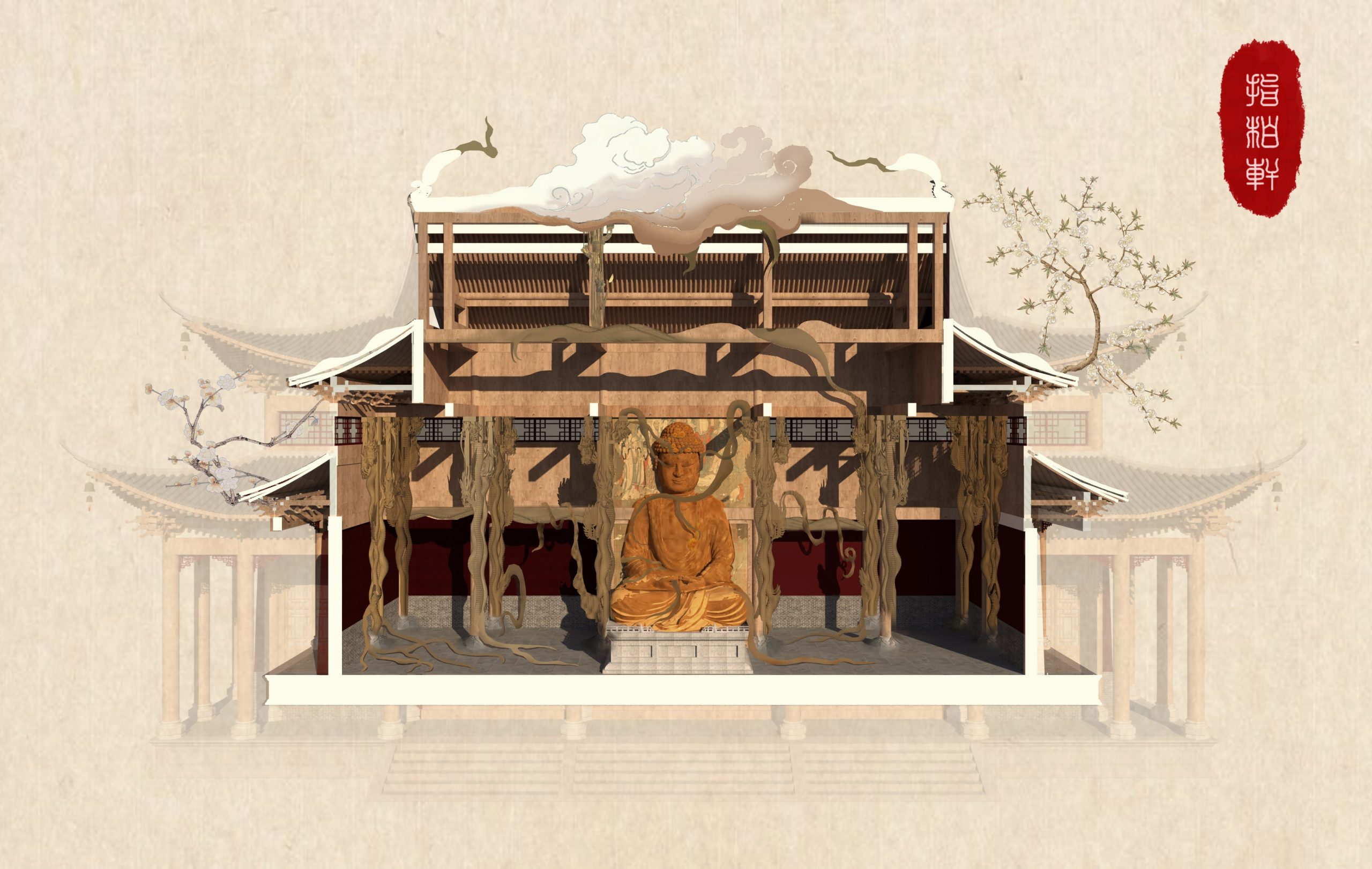
Section 3

The Lion Forest Garden overview


